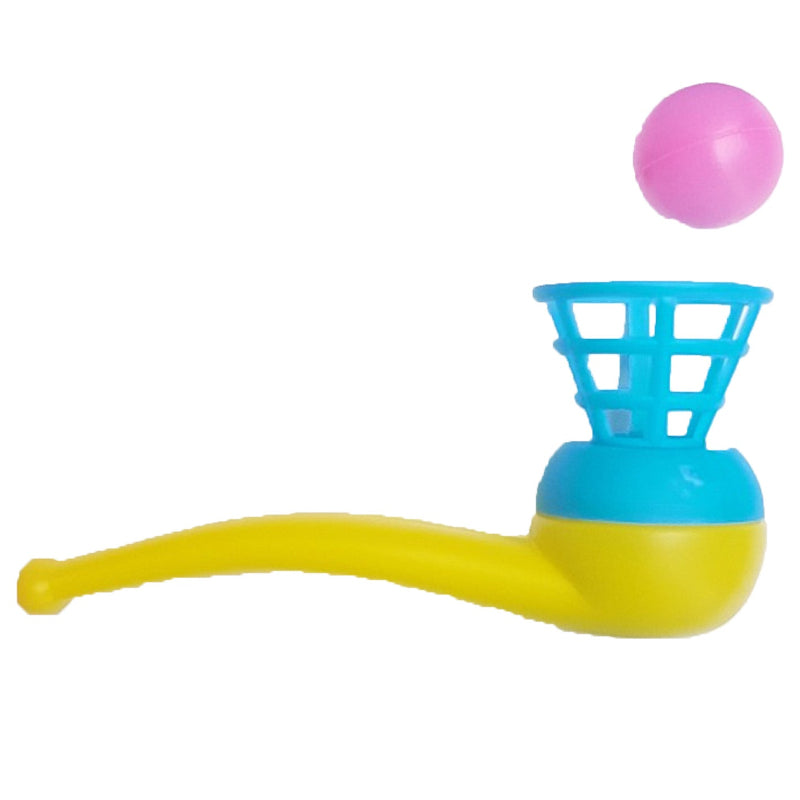Make time visible with timers
Author: Jorieke Kroeze
Guidance for high sensitivity
Time is incredibly abstract. You can’t see it, hear it, feel it or smell it. Yet our day is largely determined by time. What time you have to be somewhere, when you have to be done with something or how long you have to wait.
This also applies to our children.
Setting an alarm can be nice to hear when you have to stop. The disadvantage of this is that your child cannot see how much time he has left. Even if your child can already tell the time, this requires quite a bit of working memory. After all, the time is constantly changing, so your child has to keep calculating how much time he has left.
For that reason it can be useful to literally make time visible by means of a clock. For this blog I was allowed to test the time-duration clock and the time hand.
What is striking about both clocks is that they have a clear dial. They also both work with a rotary knob to display the correct time. The time dial clock is a lot bigger than the time-duration clock. With both clocks the surface becomes smaller as time passes.
They both give an audible signal when the time is up.


Time- duration clock
This is a small handy clock, equipped with a magnet on the back. This makes it easy to hang on the refrigerator or in our case on the extractor hood. The clock is easy to use and for that reason I want to keep it out of reach of our toddler. Our smart one immediately realizes that there is more time to be gained if you turn the knob in the right direction. The nice thing about this clock is that it works with three colors, red, yellow and green, with the green area disappearing last. This makes it possible to see at a glance how much time has already passed. The clock ticks audibly, but in my opinion not to such an extent that it is disturbing.

Time indicator
The time hand is a lot bigger than the time-duration clock. It is equipped with a handy stand so that it can easily be placed on the table. In my opinion, this would be ideal if you want to let a group of children know how much time they have left. The time hand ticks a lot louder than the time-duration clock, which can be experienced as disturbing if it is too close. The time hand has 1 blue colored surface. This ensures peace in the visual surface. Because here too the surface gradually becomes a little smaller as time passes, but the color does not change, I can imagine that children who easily experience time pressure will have less trouble with this with the time hand.

Conclusion
All in all, I would therefore choose to use the time-duration clock for individual use. It is small, handy, provided with different colors and easy to place next to the child or hang somewhere. The time hand is more suitable when you work with a group of children, who you would like to support with a time clock.


















Leave a comment